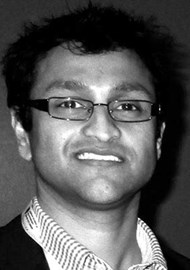Surgery for acquired cholesteatoma is varied amongst surgeons with some only performing combined approach tympanoplasty. The change in lifestyle for patients with canal wall down surgery is significant and hence this group in Japan looked at 118 adult patients with acquired cholesteatoma who underwent canal wall down tympanomastoidectomy with reconstruction of the cavity and ear canal wall. They did this for cholesteatoma that only went up to the mastoid antrum and not into the cavity. The cavity was filled with autologous bone dust / pate (less chance of extrusion as autologous), fibrin glue and a bone pate plate to recreate the canal wall without gaps. The attic was also obliterated and no cartilage was used. The attic reconstruction is vital to stop re-retraction! Hearing results were not provided. Follow-up was at one and five years with a CT scan and otoscopy. There was a 2.5% postoperative otorrhoea. Ninety-six percent had an almost normal looking ear at five years. No residual / recurrent cholesteatoma was observed in the obliterated cavity (but there was none to begin with). Residual cholesteatoma in the tympanic cavity however was seen in 8% and is fairly low compared to other published series. This I believe was with a CT scan as details are not provided and is something we wouldn’t routinely perform without symptoms or signs. Overall, I like their technique of mastoid reconstruction, but it usually takes 10 years or longer to tell whether the reconstruction will hold. Using autologous bone for their ossiculoplasty and reconstruction is ideal in my view and likely to last. This paper however highlights the importance of trying to keep the canal wall or reconstruct it whenever one can to allow patients a normal quality of life and prevent those smelly discharging cavities.
Mastoid obliteration for canal wall down surgery
Reviewed by Anand Kasbekar
Long-term follow-up results of canal wall down tympanoplasty with mastoid obliteration using the bone pate plate for canal wall reconstruction in cholesteatoma surgery.
CONTRIBUTOR
Anand Kasbekar
BMedSci, DOHNS, FRCS (ORL-HNS), DM, Nottingham University Hospitals NHS Trust; Associate, The University of Nottingham; Otology and Hearing Group, Division of Clinical Neuroscience, School of Medicine, University of Nottingham, UK.
View Full Profile



